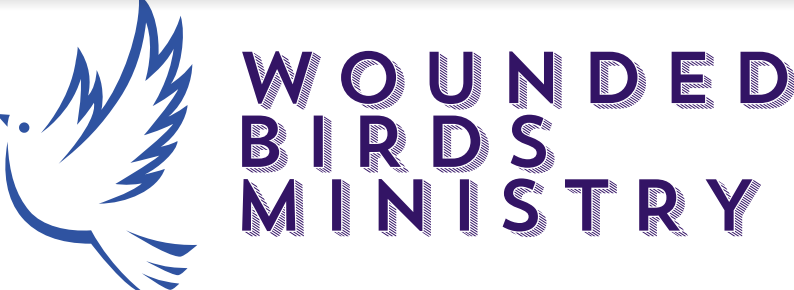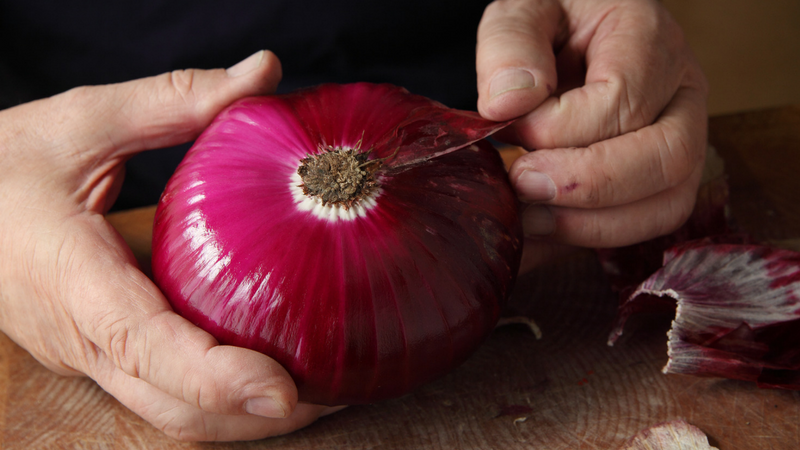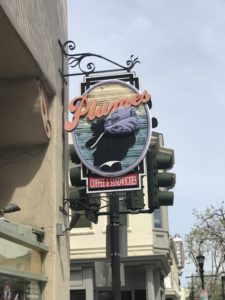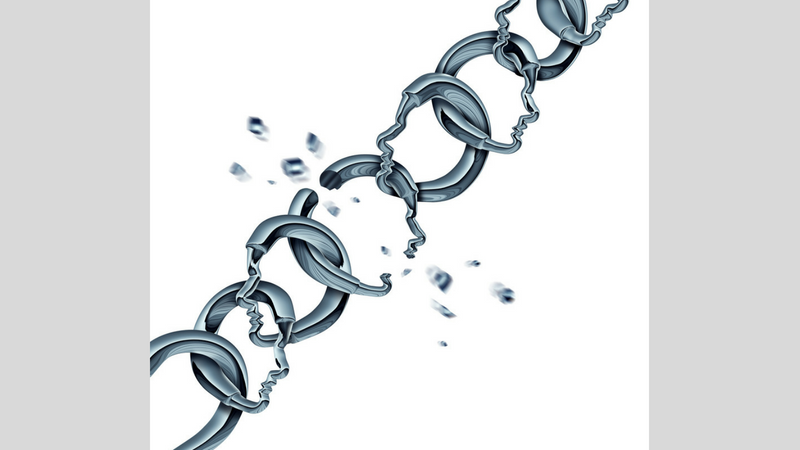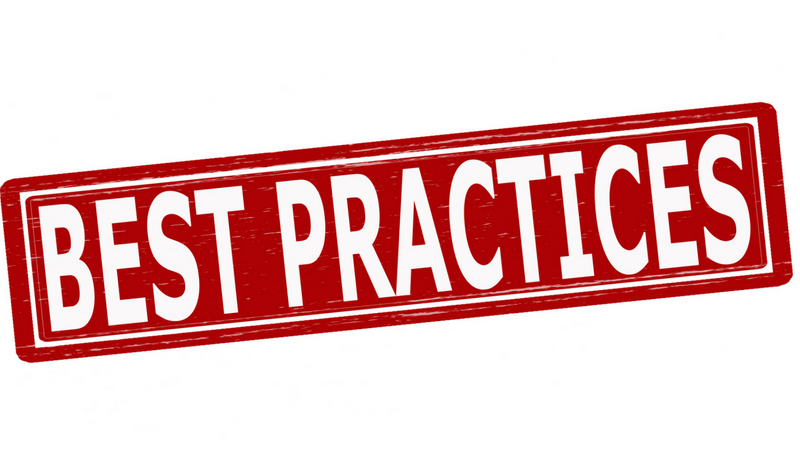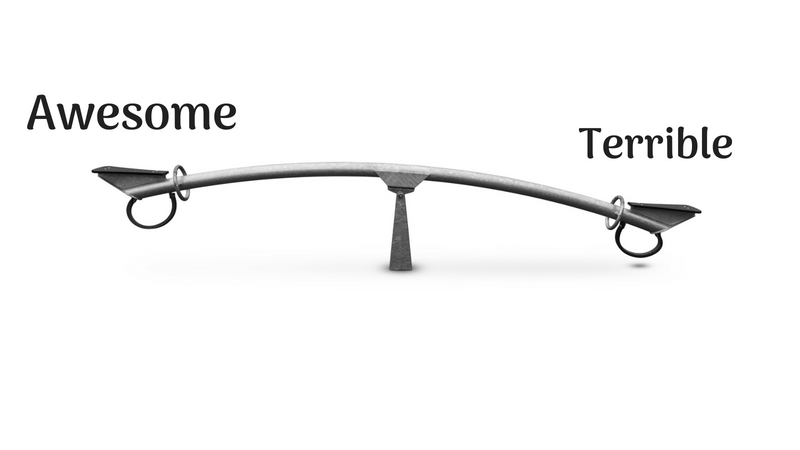Hidden Triggers: Uncovering and Understanding
I’ve had some experiences recently that have left me thinking about triggers. I think we tend to think of triggers as consistently negative; after all, we spend much of our time in therapy understanding them and our response. Yet, triggers can be positive, too.
For me, one positive trigger is the smell of chocolate chip cookies in the oven. It reminds me of my grandmother baking for us grandkids. The scent would fill the house, and she would keep them in a tin on her counter.
Another trigger for me is seeing the sign for a coffee shop called Plumes in Monterey, California. It reminds me of my Army days, sitting with my hot chocolate (with “the works”) and doing Japanese listening practice. My friends and I would hang out in front on Friday evenings before going off to do whatever activity we had planned. These are fond memories.It took me a long time to realize that these were hidden triggers for me. Some of my triggers are obvious, such as all the Facebook posts when Shark Week happens on the Discovery Channel (they touch on a strong grieving experience). Triggers like these are easy to identify, though not always easy to address. Usually, we have a strong (and negative) reaction to them, which makes them feel obvious. We take steps and develop cope-ahead plans to address them.
But what about our hidden triggers? How do we identify them? How do we know if we are subtly impacted?
Honestly, this is where a mindfulness practice becomes critical. Mindfulness is simply being aware in the moment and immersing ourselves in it. When we are mindful, we are aware of changes in our body, our environment, and our emotional state.
Sound overwhelming? It doesn’t have to be. There are two routes to becoming mindful: a meditation practice and Cognitive Behavioral Therapy (CBT).
With CBT, we list our emotional and physical sensations. Just this one act helps us build awareness of our bodies and emotional reactions. Maybe you get flushed or find that your shoulders rise. I know people who rub their chests when anxious. I sit my on hands. As we list our physical sensations, we identify our feelings. Anger, frustration, disappointment, fear, etc. are all important to recognize in ourselves.
As we use CBT to identify thinking distortions and problem-solve our thought patterns and responses, the last step is to take a new inventory of your physical and emotional state.
It’s similar with meditation. After we complete a meditative session (which can be 30 seconds or 20 minutes, depending on where you are in your practice), it’s helpful to take a moment or two and record your observations. Did you have racing thoughts? Was it tough to focus? Was this the time you were able to be fully present in the experience? How are you feeling afterward?
In both of these inventories, the keys are to be as complete as possible and not judge ourselves. It’s the noticing that is important here. There’s no “good” or “bad” to our physical sensations or emotional reactions. Instead, these are tools to help us gain insight into ourselves.
As we get skilled in noticing our physical and emotional responses to situations, it becomes easier to start noticing when we go from a state of excitement or calm to one of distress. For many people I know, it is these (sometimes subtle) signals that tell us we’ve found a hidden trigger.
Once we’ve identified a change in how we are feeling, it becomes a hunting expedition. When did this change happen? What was going on? Was it something someone said, or a tone used? Since we are talking about hidden triggers, it make take you a while to uncover the trigger. Once you do, it becomes a problem-solving exercise.
Sometimes, these hidden triggers touch on sensitive points that we need to work through in our journals and therapy. Other times, they are more simple and straight-forward, and we can address (or not address) them as we decide. Either way, identifying and understanding these hidden triggers help us get to a healthier place and reduce our emotional intensity.
What hidden triggers have you uncovered? How do you manage your trigger responses?
Looking for daily inspiration and community? Join our warm and supportive Facebook group!
